As the use of greenhouses spreads over Sub-Sahara Africa, it is more than paramount to ensure that the artificial climatic conditions created are optimally maintained.
Not only does sustaining these conditions ensure that crops under protection have a higher yield, but it also improves the marketability of produce from the structure.
In cases of high value produce smart greenhouse systems are extensively used. According to the article Smart Greenhouse published on the United Kingdom Designing Buildings webpage, the smart greenhouse is a revolution in agriculture, creating a self-regulating, microclimate suitable for plant growth through the use of sensors, actuators, with monitoring and control systems that optimise growth conditions and automate the growing process.

Sustaining optimal conditions increases greenhouse yield and marketability. (Source: pexels.com by Tima Miroshnichenko)
The global smart greenhouse market was valued at approximately USD 680,3 million in 2016 and is expected to reach approximately USD 1,31 billion in 2022, growing at a CAGR of 14,12% between 2017 and 2022. Smart greenhouses are comprised of heating, ventilation, and air conditioning (HVAC) systems, light emitting diodes (LED) for grow lights, internet of things (IoT) and communication technology, irrigation systems, materials handling, valves and pumps, and control systems.
HVAC uses various technologies to control the temperature, humidity, and purity of the air in the greenhouse to provide thermal comfort and acceptable indoor air quality. LEDs are luminaires utilised in an efficient way to produce the correct light for growing plants. Communication technology equipped with current sensors automatically records and disseminates information on the greenhouse environment and crops on a continuous basis. The data is collected and supplied into an IoT platform, where analytical algorithms turn it into actionable insight to identify bottlenecks and anomalies.

A greenhouse tunnel that is used for growing fruit and vegetables. (Source: pexels.com by Travel Suisse)
This process ensures that HVAC, lighting operations, irrigation and spraying operations may all be controlled on demand. Irrigation systems usually employ an autonomous irrigation controller that is useful in effectively managing water levels in the soil which is applied by use of drip irrigation, overhead sprinklers, or a boom system consisting of one or more pipes with nozzles that apply water as the system moves over the plants.
Materials handling equipment can be in the form of rolling belts and transport lines, and even harvesting robots, that are able to go down greenhouse aisles accurately identifying ripe produce, harvest them and place them in on-board boxing systems. Valves and pumps control the pressure and quantity of water and respond to the recommended irrigation time for the smart green house. The control system uses soil moisture, temperature, and humidity sensors, light intensity, and carbon dioxide sensors to collect measurements and display them on a real time screen.
The climate parameter values can be manually set online. The collected values from the sensors are then compared with the set of standard values, and then the lights, ventilation fans, warming lamps, water pumps and other facilities automatically start to adjust the climate by correcting the light intensity, carbon dioxide concentration, temperature, air humidity and soil moisture of the greenhouse to the required parameter values. The major benefits of smart greenhouses are that it is able to maintain ideal micro-climate conditions.
The complementary IoT sensors allow farmers to collect various data points at unprecedented granularity. They provide real-time information on critical climate factors such as temperature, humidity, light exposure, and carbon dioxide in the greenhouse. These greenhouses enhance irrigation and fertilisation practices to be on par with the actual needs of cultivated plants for maximised yields. Parameters such as soil salinity are also well maintained. The collaborative functionality of the machine learning platform, data regarding the greenhouse environment, external weather and soil characteristics reveal valuable insights into existing risks of pest and fungi infections enabling farmers to apply chemical treatments in a timely manner at the lowest cost.

Smart greenhouses create a self-regulating, plant-growing microclimate using sensors, actuators, and monitoring and control systems to optimise growth conditions and automate the growing process. (Source: postscapes.com)
IoT sensors in smart greenhouses provide an affordable infrastructure to monitor door status and detect suspicious activities preventing thefts and improving security. If they are connected to an automated alarm system, they instantly notify growers when a security issue arises. Plant management can be done remotely as growers are notified of everything on any smart device through diverted alerts and notifications.

In greenhouses artificial climatic conditions must be optimally maintained. (Source: Pixabay by Hans)
The downside of smart greenhouses are the high upfront and operating expenses, and the need of an expert to set up the greenhouse. The farmer also must have plenty of knowledge to grow crops successfully, there are high operational costs in maintaining the system, and significant efforts are required to keep the system running. For farmers that desire to produce first grade produce, smart greenhouses are a viable option and as technology improves in Sub-Sahara Africa it can be expected that the number of specialist smart greenhouse farmers will grow.

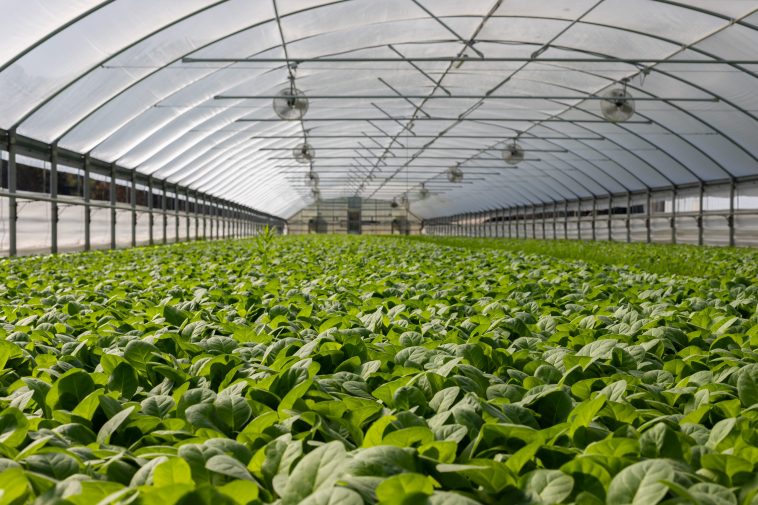
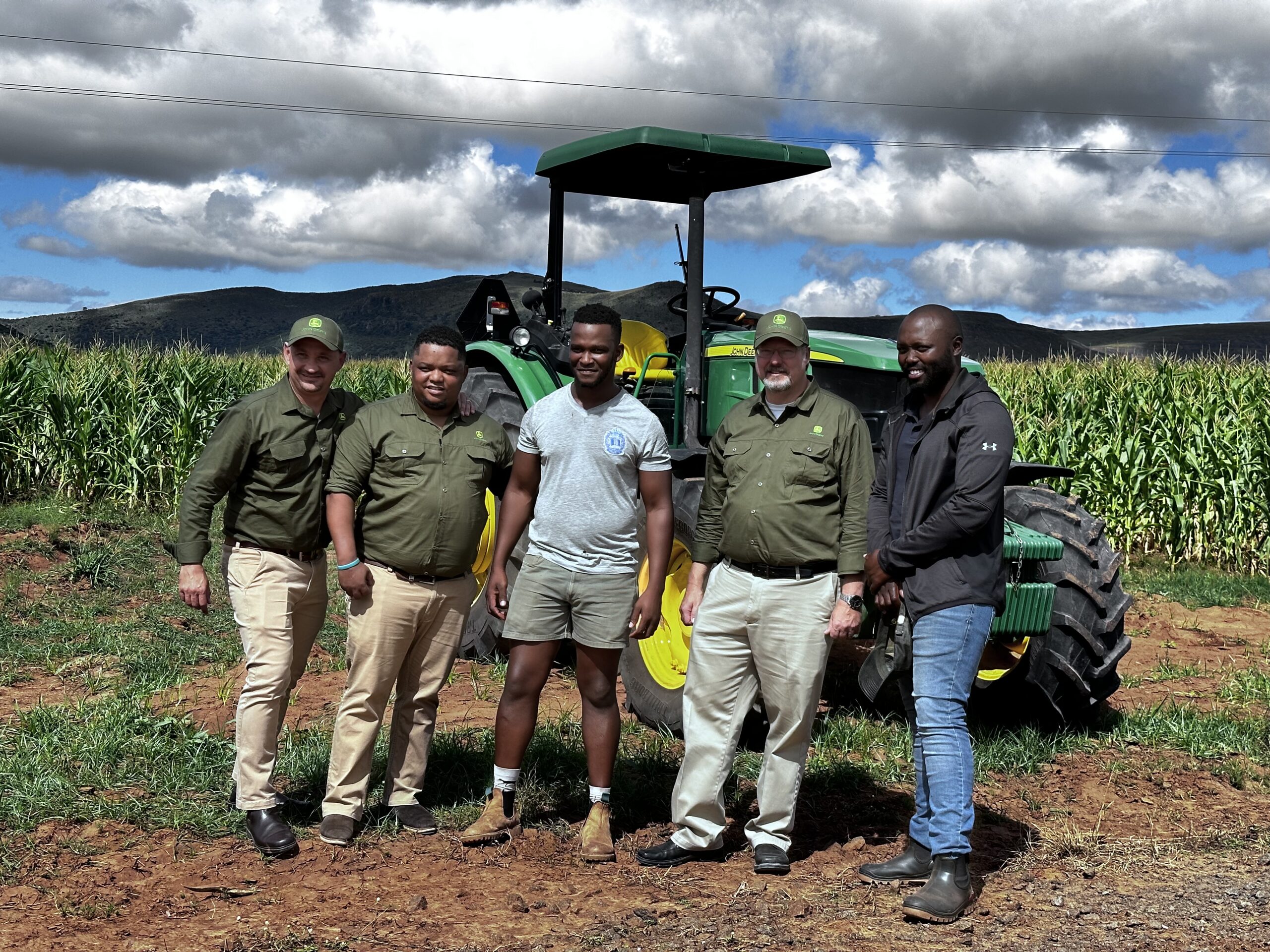
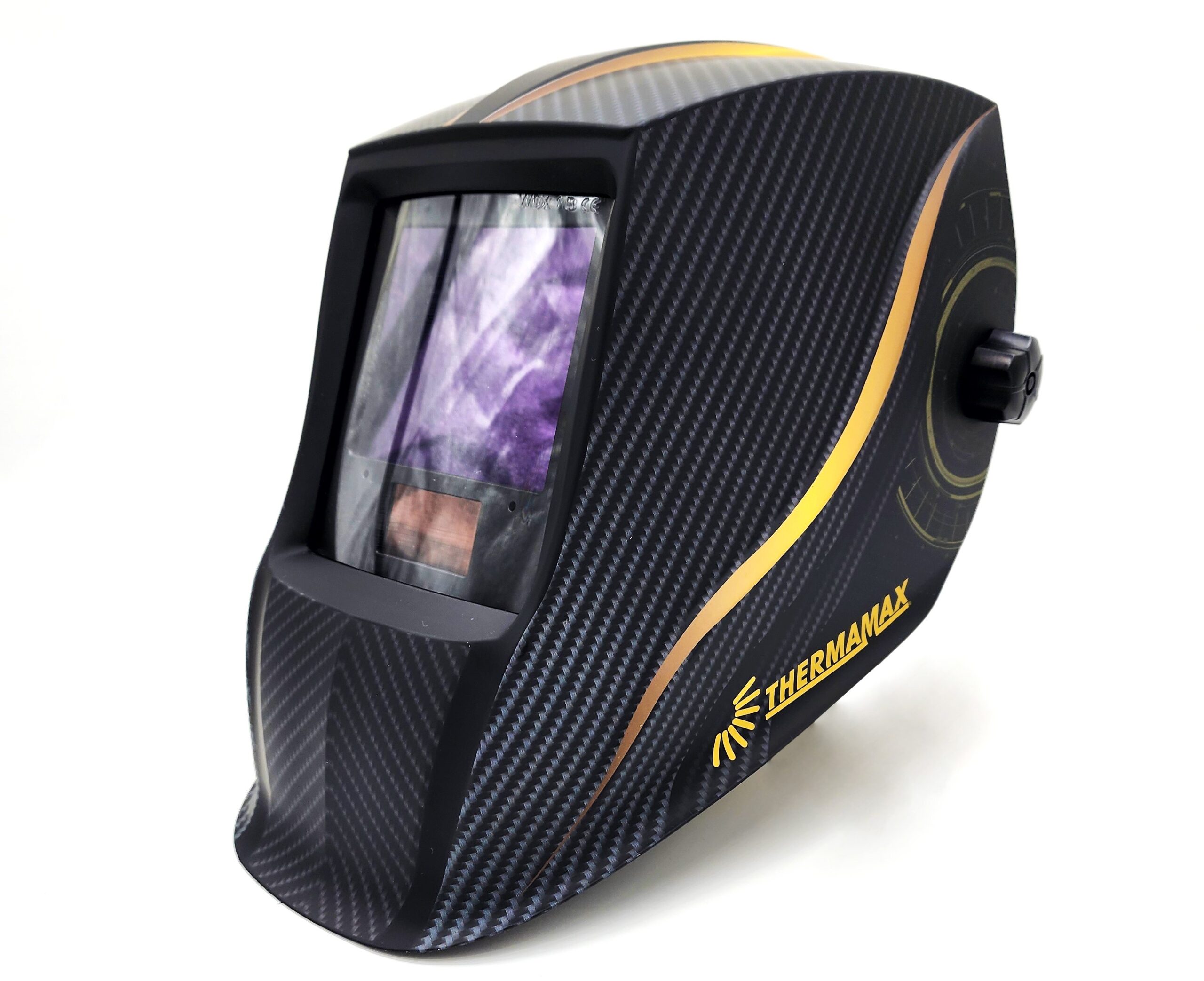

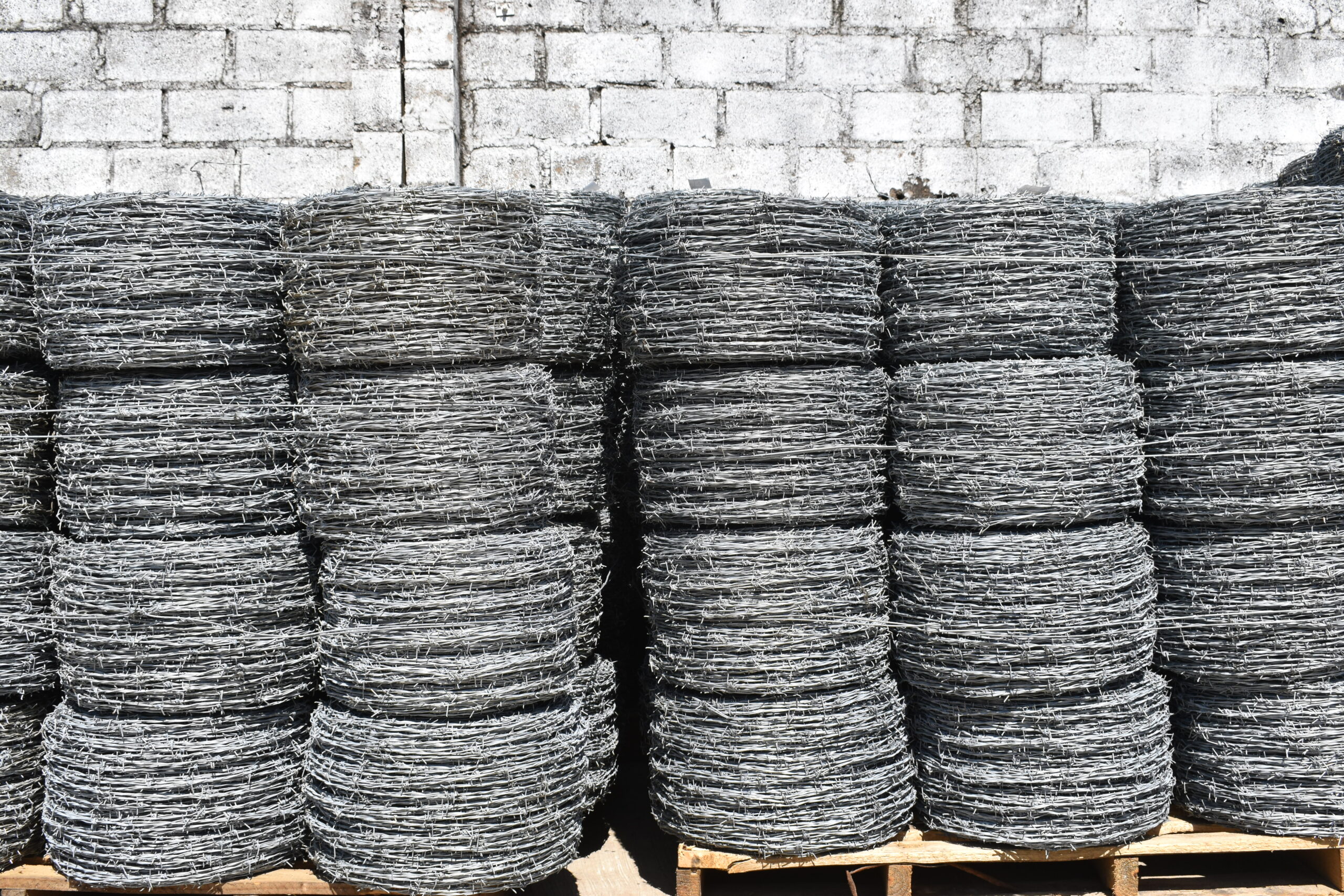
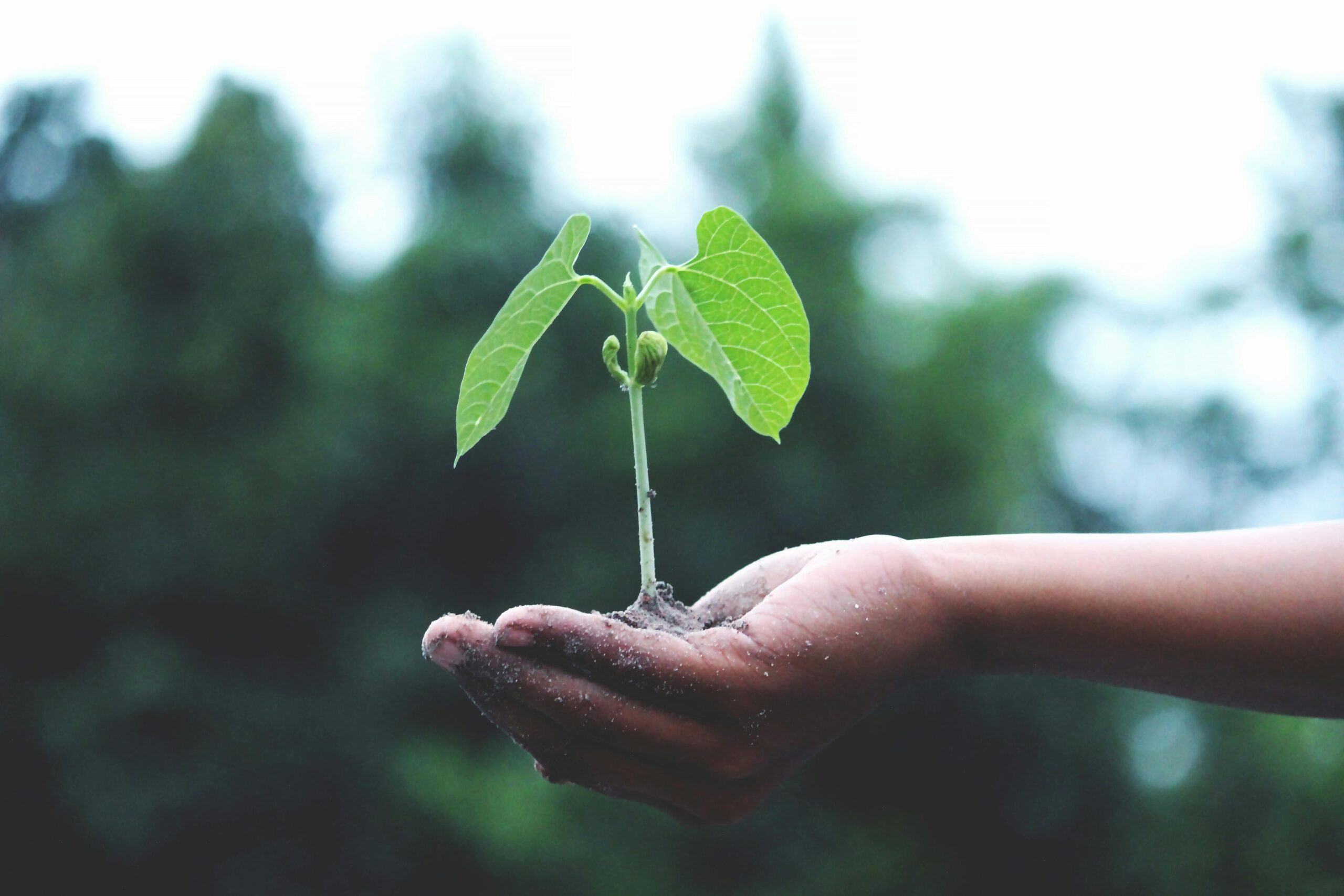
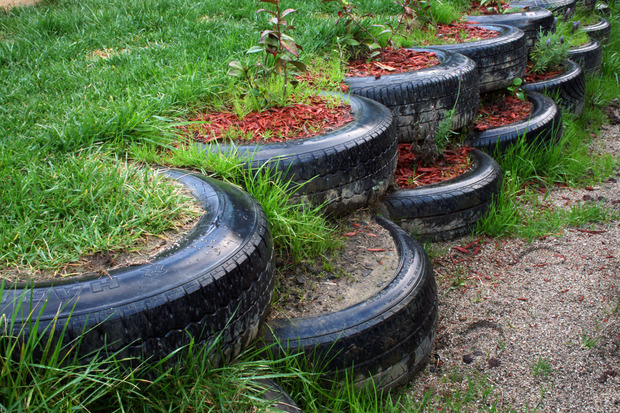
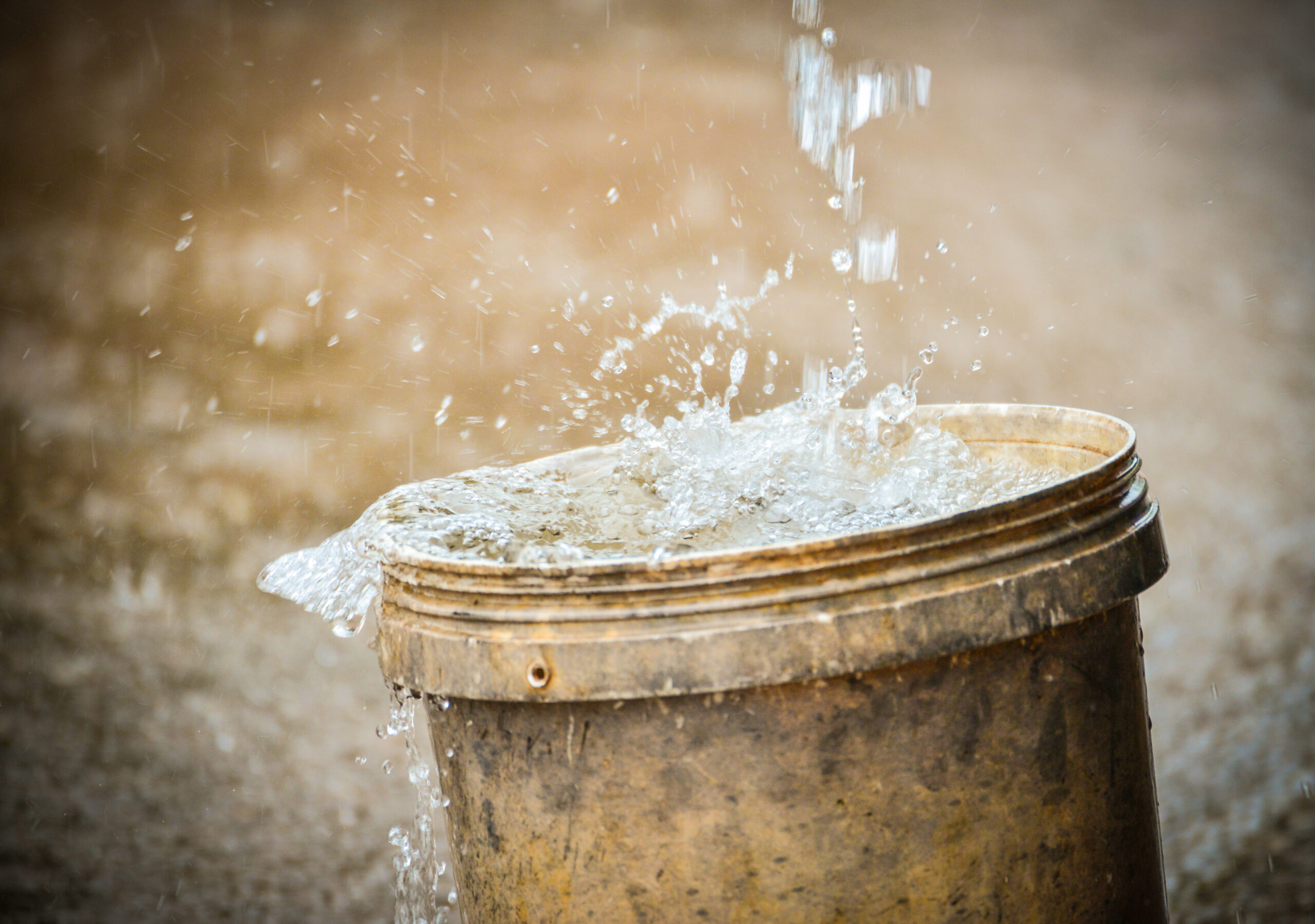
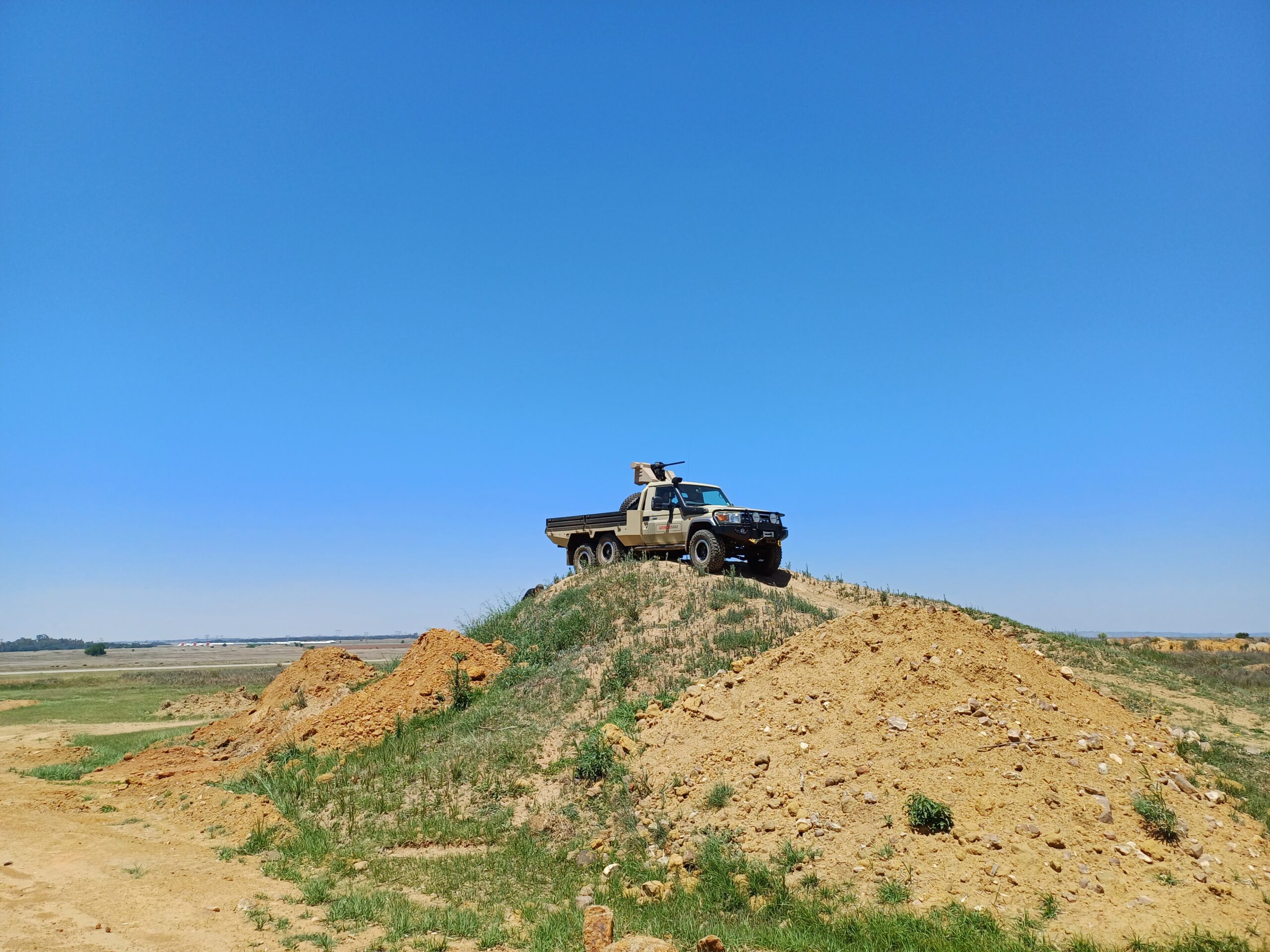
You actually make it seem really easy together with your presentation however I in finding this matter to be actually something that I think I’d by no means understand. It kind of feels too complicated and very large for me. I’m having a look forward in your next publish, I will attempt to get the grasp of it!